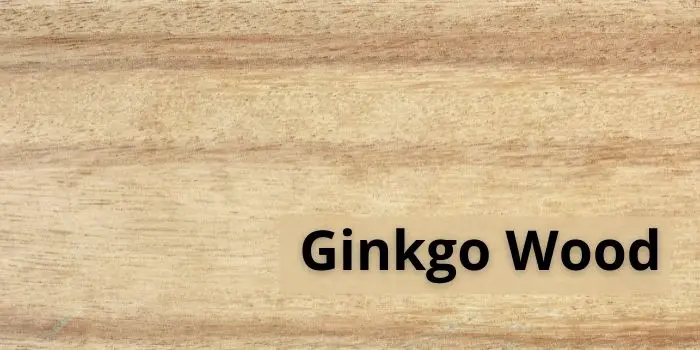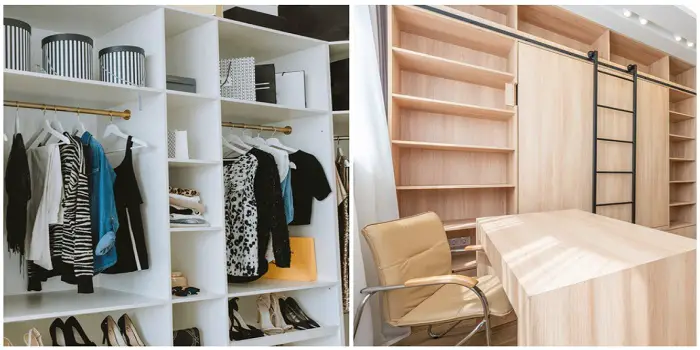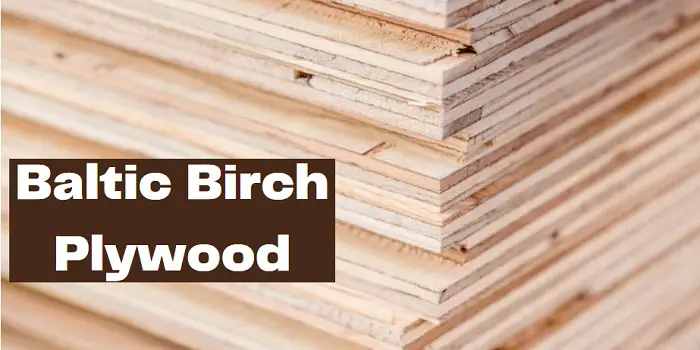
Sometimes called the maidenhair tree, Ginkgo is native to China, although today it can be found in many parts of the world most notably in the Northern Hemisphere.
The tree itself can grow up to 80 feet tall and have a trunk diameter of up to 2 feet under normal conditions.
However, very old trees can reach over 100 feet tall and have trunk diameters that reach up to 10 feet.
While used for woodworking, the tree itself is better known for its leaves. Extracts from the leaves have been used for medicinal purposes for centuries.
Ginkgo Wood
| Scientific Name: | Ginkgo Biloba |
| Tree Size: | 60-80 ft (18-24 m) tall 1-2 ft (.3-.6 m) trunk diameter |
| Janka Hardness: | 750 lbf (3,340 N) |
| Type: | Softwood |
| Odor: | No smell |
| Specific Gravity (Basic, 12% MC): | .43, .46 |
| Common Uses: | For cutting boards and turning objects |
Appearance
One of the most primitive trees remaining in the world, the Ginkgo, has the outward characteristics of a hardwood tree, but the structure of the wood itself is more like a softwood.
Color
The color of this wood can range from almost white to light orange-brown.
It has a very homogenous appearance, and thus, it is difficult to see the rings because the color variations are so similar.
Texture & Grain
The grain of this wood is relatively straight, which makes it very even and uniform in terms of its texture.
The natural luster of the wood is rather low. And it does not give off any discernable odor.
Ginkgo Wood Workability
This is a popular wood because it is easily workable, especially with hand tools which makes it easy to create joinery or carvings.
This is because the wood is soft enough to work with and shape while being hard enough to last when properly treated.
This wood also glues rather well, allowing adhesives to stick to the surface. Plus, it finishes rather nicely, which delivers desirable results in terms of its appearance.
Ginkgo trees have a reputation for creating allergic reactions from their fruit, leaves, and pollen. But the wood itself seems to be free of allergic reactions.
This means that only normal precautions need to be taken when working with the wood.
The reasons why such reports of allergic reactions from the wood may be few and far between might be because it is rarely used for lumber.
What is Ginkgo Wood Used for?
You will find Ginkgo wood used for items such as cutting boards, furniture, carvings, and turned objects. You may see older items when the tree was more available on the market in the form of antiques.
Finding Ginkgo wood can be difficult because the species is considered endangered by the IUCN. This is because the tree itself grows in a relatively small area and is fragmented in its growth patterns.
In fact, Gingko trees were at one point considered extinct until some were found and cultivated.
Today, Ginkgo trees are more common in urban areas as they are used for ornamental purposes. It is no longer considered commercial timber, although, in Japan, there is a limited commercial run being made on the wood.
You can find wood ranging from small craft blocks up to larger slabs for tabletops. However, its pricing can vary considerably depending on its availability and who is selling it.

Hi, I am Mark Garner a professional carpenter, woodworker, and DIY painter. I live in the small city of Peoria, Arizona as a semi-retired woodworker. I have started this blog with a simple motive to help you with my wood experience in this sector. If you like to know more about what I love doing and how it all got started, you can check more about me here.




